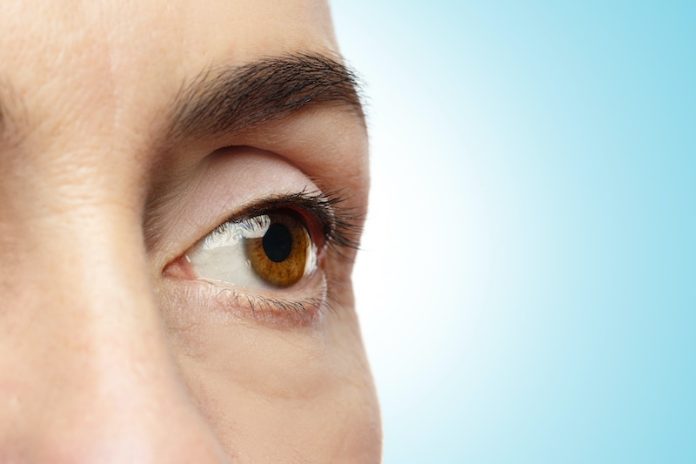
Researchers have found that metabolic disorders, diabetes, and age-related health conditions can cause cholesterol to accumulate in the retina, potentially leading to the development of diabetic retinopathy.
The crystallization of cholesterol in the retina, a distinctive characteristic of such accumulation, is drawing attention as it offers new avenues for early diagnosis and treatment.
The study, appearing in Diabetologia, investigates the impact of cholesterol buildup in the retina, a condition witnessed in individuals dealing with metabolic disorders, diabetes, and other age-related health conditions.
Julia Busik, a professor emeritus of physiology at Michigan State University, remarks that within 20 years of diabetes onset, every individual with either type of diabetes experiences some degree of retinopathy.
However, present treatments address only the advanced stages of retinopathy and are quite invasive.
This study, utilizing modified tissue preparation for scanning electron microscopy, has found that these cholesterol crystals in the retina are reflective and can be identified in retinal images.
The characteristic reflection enables noninvasive retina evaluations by most optometrists.
This finding is critical as it paves the way for early diagnosis and intervention for a larger population, potentially preventing the progression to irreversible blindness.
George Abela, chief of Michigan State’s Division of Cardiology, equates these cholesterol crystals to those found in atherosclerotic plaque, known to cause heart attacks.
The identified method helps analyze the composition of the crystals and can possibly point to other areas in the body where such cholesterol buildup could be addressed to prevent various diseases.
Implications and Future Directions
The significance of these findings is two-fold. First, the identification of cholesterol buildup in the retina could lead to earlier and noninvasive diagnosis methods for diabetic retinopathy, enabling timely intervention.
Second, it opens up possibilities for less invasive treatments, aimed at addressing the crystallized cholesterol deposits.
Tim Dorweiler, a doctoral candidate at Michigan State, states that efforts are underway to explore methods to reduce cholesterol in the retina, emphasizing the critical need to address retinopathy in its early stages.
The retina’s isolated nature and its separation by a blood barrier from the body make it a complex organ to study, highlighting the importance of these developments in retinal cholesterol research.
Conclusion
This groundbreaking study sheds light on the potential of early diagnosis and treatment of diabetic retinopathy through the identification of cholesterol buildup in the retina.
The possibility of noninvasive diagnosis and less invasive treatment strategies could revolutionize the approach towards managing diabetic retinopathy, offering hope to millions of individuals dealing with diabetes and related complications.
The revelations of this study not only promise advancements in retinopathy treatment but also hint at broader applications in addressing cholesterol-related conditions in other body parts, warranting further exploration and research.
If you care about diabetes, please read studies about new way to achieve type 2 diabetes remission, and one avocado a day keeps diabetes at bay.
For more information about diabetes, please see recent studies about 5 dangerous signs you have diabetes-related eye disease, and results showing why pomegranate is super fruit for people with diabetes.
The research findings can be found in the journal Diabetologia.
Follow us on Twitter for more articles about this topic.
Copyright © 2023 Knowridge Science Report. All rights reserved.



